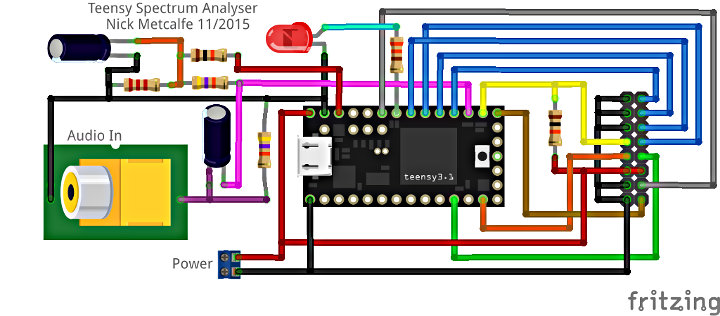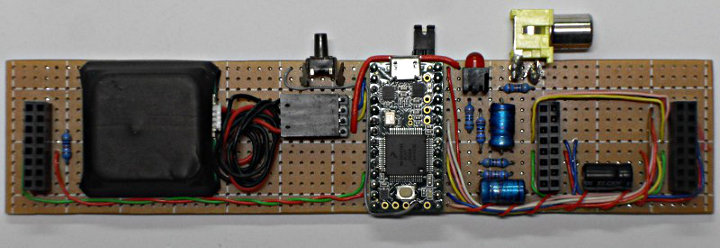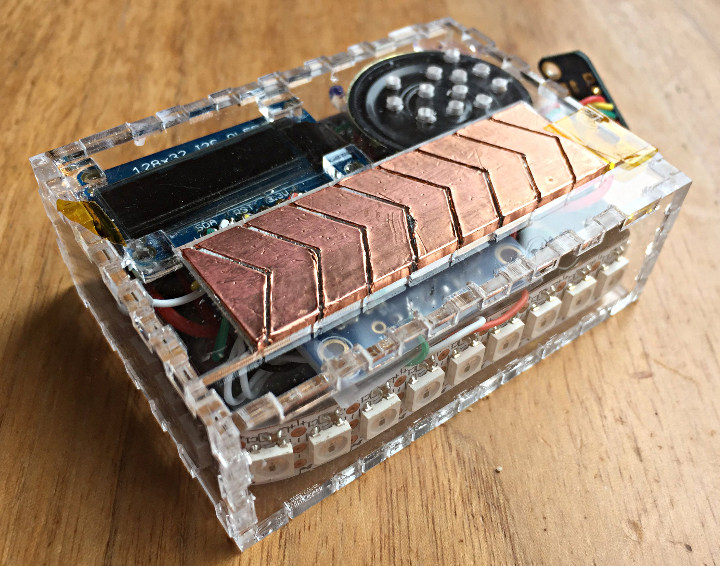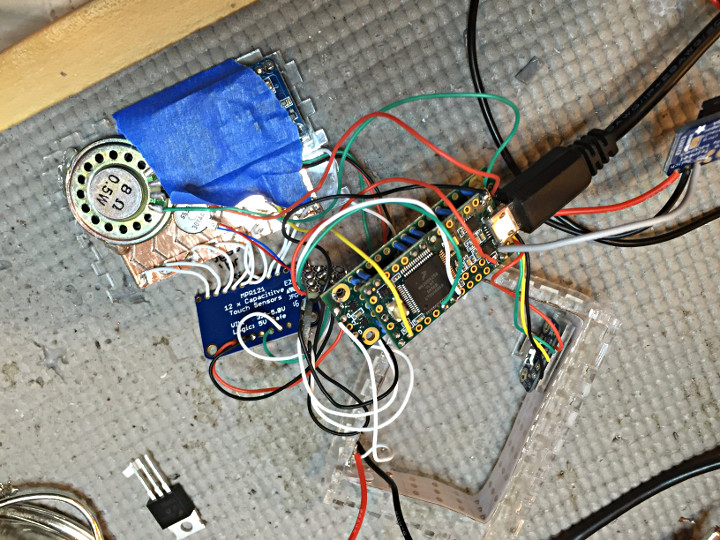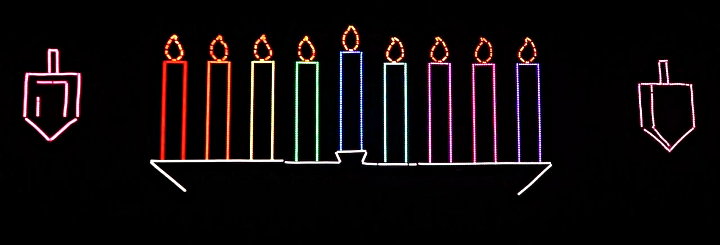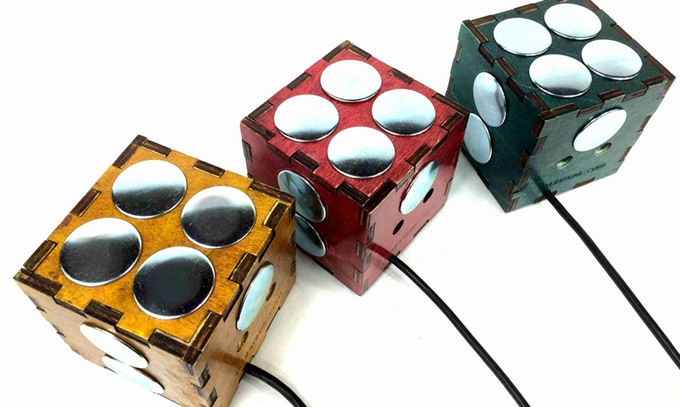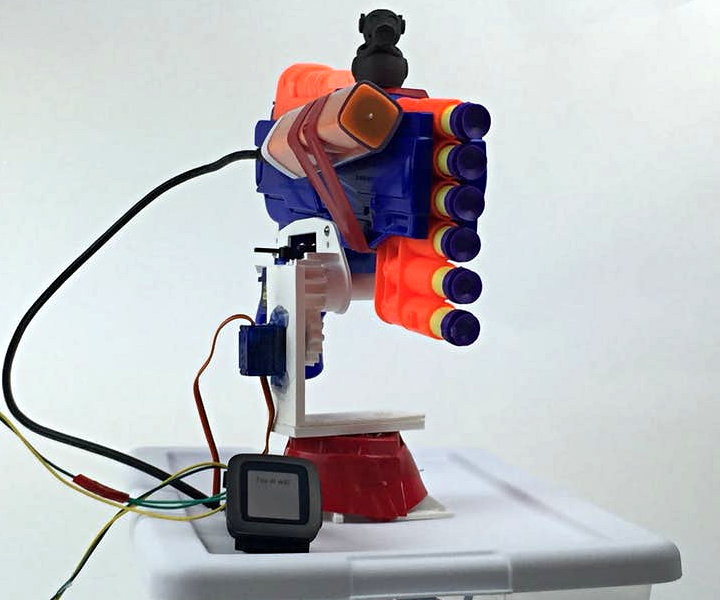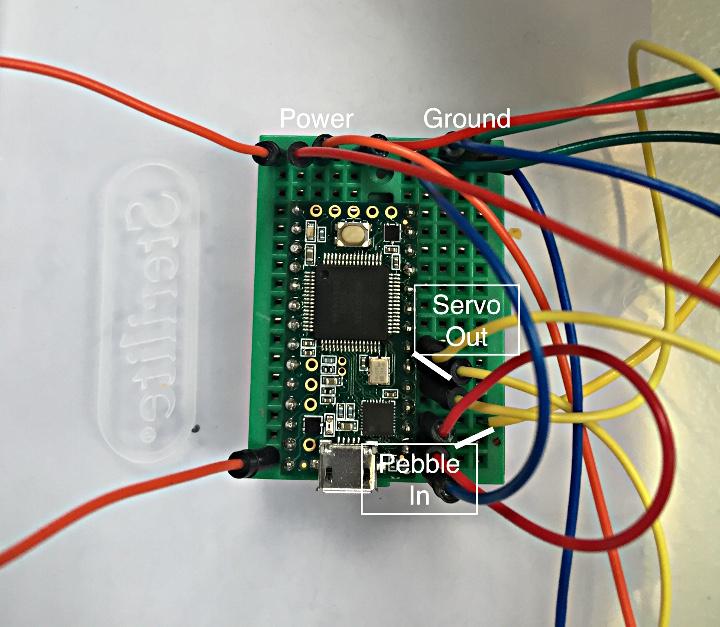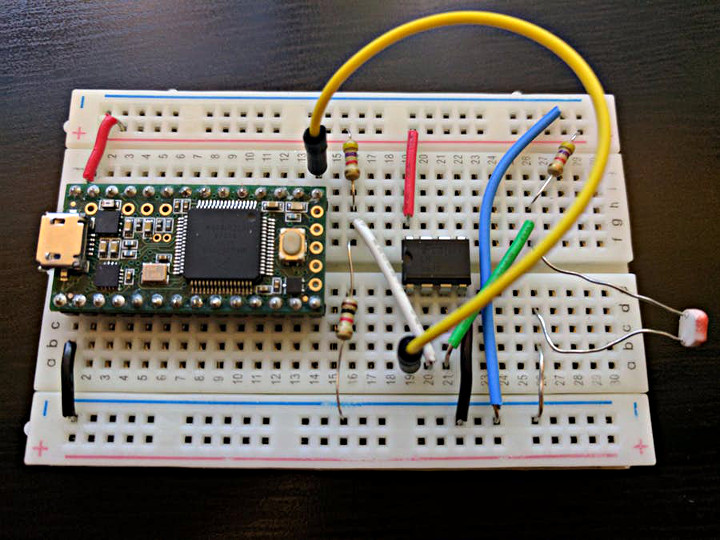Forum user Cyclist recently built a free pendulum clock.
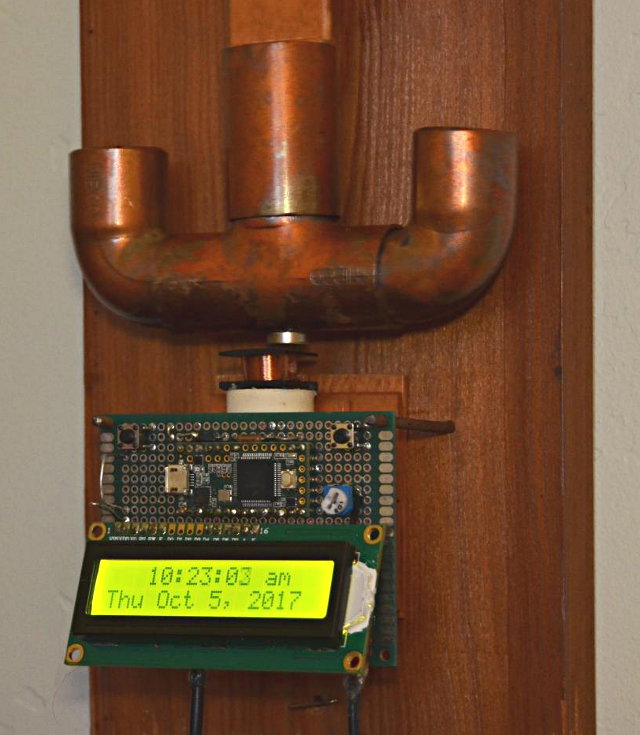
The cool thing about a free pendulum is that it has no mechanical linkage, escapement mechanism, or direct mechanical power to keep it going.
A small magnet on the bottom of the pendulum induces a voltage on a coil mounted beneath as it swings past. The voltage is detected by Teensy’s a/d converter and triggers a propulsion pulse applied to the coil from a digital output pin. This gives the pendulum a tiny nudge to keep it going. The pendulum defies the senses, swinging in eerie silence.
Cyclist reported that the accuracy is all about the pendulum. He had it going for about a week and it was running slow by a consistent 1 second per day. He’s working on trying to refine the pendulum and pivot design for easier, finer adjustment.
